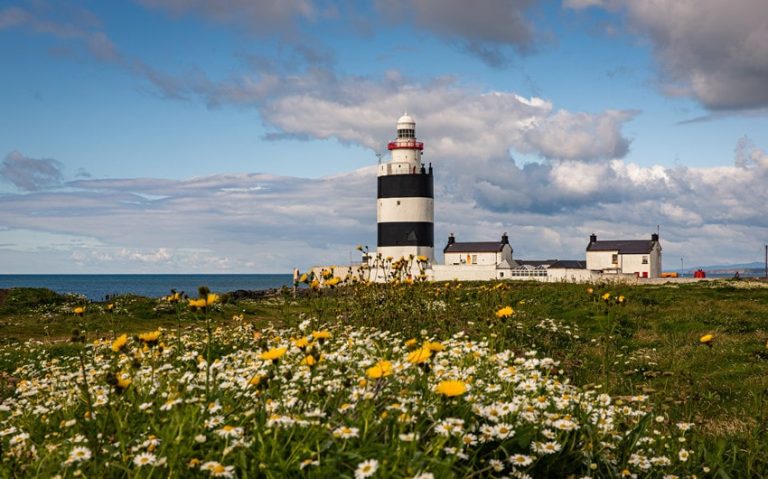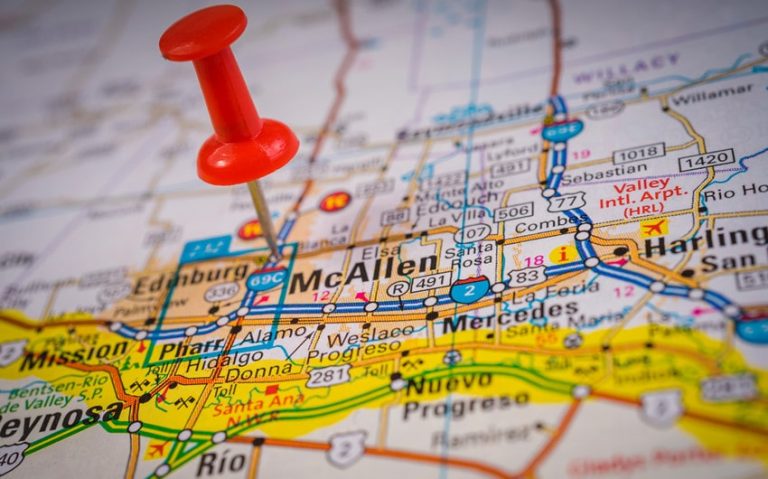First-Time in Bali: What to See, Do, and Experience
If it’s your first time in Bali and you’re not sure where to start, the team at OnBali knows precisely how to help – they’re pros when it comes to Bali travel guides for first-timers. Because that first Bali is like opening the fridge in someone else’s house: everything looks exciting, there’s too much to choose from, and you’re not sure where to begin. You want temples, a sunrise hike up a volcano, a full plate of night market snacks, and a nap by the pool – all in one day.
Check out this guide to help you navigate the beaches, markets, rituals, and rice fields without getting overwhelmed. No “must-have selfies,” no boring lists – just the things that actually help you feel Bali. Want even more ideas? You’ll find them in OnBali’s full Bali travel guide.
Best time to travel to Bali
The best time to visit Bali is from May to September. It’s the dry season – minimal rain, no humidity, calm seas, and even the mosquitoes seem to take a break. The weather is perfect for beaches, surfing, volcano hikes, and anything that needs open skies. There are plenty of tourists, but it’s manageable – especially if you book your stay in advance.
The worst time to travel to Bali is December through early February. Heavy rains, grey skies, and rough seas. Sunbathing is tricky, surfing can be dangerous, and you’ll probably look for cover more often than not. Bonus downside: some beaches aren’t at their cleanest during this season.
If your goal isn’t just lying on the sand but actually exploring the island, aim for May, June, or September. It’s high season – but still without the chaos. Want things even quieter? Try November or March. There might be a little rain, but prices drop, and the island feels more breathable.
Bali travel tips for first-timers
• Don’t count on walking everywhere. Even if something looks close on the map, you’ll likely need a scooter or taxi. In Ubud, sidewalks end abruptly, and in Canggu, it’s often easier to ride 3 km than to walk it.
• Agree on the fare upfront. Many taxi drivers don’t use meters. Always confirm the price before getting in – especially if you’re hailing one off the street. Or better yet, download Grab or Gojek – Indonesia’s versions of Uber.
• Use ATMs instead of money changers. Some currency exchange booths use shady rates and sneaky tricks. The safest option is to withdraw cash from an ATM (ideally at a bank branch) and always check the fee before confirming.
• Pack light, but bring a sarong. Shorts and tank tops are perfect for most of the island – but temples require a sarong to enter. You can rent one on-site or buy one at a market for 20–30k IDR.
• Don’t underestimate the sun. Even on cloudy days, you can burn in under an hour. High SPF sunscreen is essential – especially if you’re riding a scooter, surfing, or hiking volcanoes.
• Always carry some cash. Many cafés, massage spots, and scooter rentals are cash-only. Cards aren’t accepted everywhere; Wi-Fi or signal can be spotty in rural areas.
These simple Bali travel tips for first-timers will help you avoid extra costs, stress, and surprises on your first day.
Best places to visit in Bali for first-timers
If it’s your first time in Bali, don’t try to see it all. The island is big, the roads are slow, and getting from place to place takes more time (and energy) than expected. Start with these four locations – they’re a solid foundation for exploring Bali at your own pace.
Ubud
The green heart of the island – rice terraces, waterfalls, monkeys, yoga, organic cafés, and art markets. Perfect if you want to slow down and feel the island’s spirit.
Canggu
Beach, surfing, avocado in every dish, and nightlife after sunset. Great for ocean living with decent infrastructure, Wi-Fi, and plenty of cocktails.
Uluwatu
Sunsets, cliffs, white-sand beaches, and dramatic temples. There’s less action here but more of that “edge of the world” feeling.
Nusa Penida
A rugged island off the coast, full of wild views, dramatic cliffs, and postcard-worthy beaches – most of which require a steep walk. It’s not the easiest trip, but the photos are worth it.
These four spots are the core of the best places to visit in Bali for first-timers. If you’ve got time and energy, add on Mount Batur, Tanah Lot Temple, or the northern waterfalls – Bali has plenty to offer when you’re ready to explore more.
Unique things to do in Bali
When you’ve seen enough temples and sunsets to last a lifetime, it might be time to try something a little less touristy – something that makes Bali feel exceptional. Here are a few ideas to get you started:
• Take part in a purification ceremony.
Tirta Empul isn’t just a sightseeing spot – it’s a working temple. You can join a water purification ritual with prayers and blessings, but make sure to learn the basics first: how to dress, what to bring, and how to be respectful.
• Explore a local night market.
If you want something authentic but without the tourist crowds, head to Gianyar Night Market. According to expert Mariia Ipatova from OnBali, it’s one of Bali’s must-visit places to explore real street food: chicken satay, grilled corn, fried bananas with chocolate, and rice flour sweets. Bring small bills and come hungry.
• Learn to make Balinese coffee.
Many local cafés offer workshops where you can taste kopi luwak, roast your own beans, brew coffee in hot sand, and even take home your custom blend.
• Join a fermentation workshop.
Sounds odd, but fermentation is serious business in Bali. Locals make kimchi, tempeh, probiotic tonics, and just about anything you can ferment. It’s hands-on, useful, and far from your average tourist activity.
These unique things to do in Bali are perfect if you want to connect with the island beyond the beach. They’ll stick in your memory far longer than another sunset pic.
Bali solo travel: should you go alone?
Absolutely. Bali is one of the best destinations for solo travelers. It’s safe, packed with cafés, solo-friendly bars, flexible accommodations, and plenty of chances to meet like-minded people.
Ubud or Canggu are great starting points if it’s your first time. Everything’s close by, and the infrastructure makes things easy. If you can ride a scooter – do it. If not, Gojek and Grab are reliable alternatives.
Looking for connection? Try a yoga retreat or stay in a social hostel. Craving quiet? Ubud will give you greenery and space to breathe.
Bali solo travel means doing, eating, and exploring entirely on your own terms. And no one will give you weird looks for eating alone at a café.
Conclusion
Your first trip to Bali can feel like opening a map full of pins – you want to go everywhere, all at once. But the best way is to slow down and focus on what excites you: beaches, jungle hikes, fermentation workshops, surf lessons, or stillness.
If you need help deciding, OnBali has collected everything that matters – restaurants, waterfalls, beaches, routes, cafés, hidden spots, and more. Browse, save, plan, and ensure your first trip isn’t your last.







